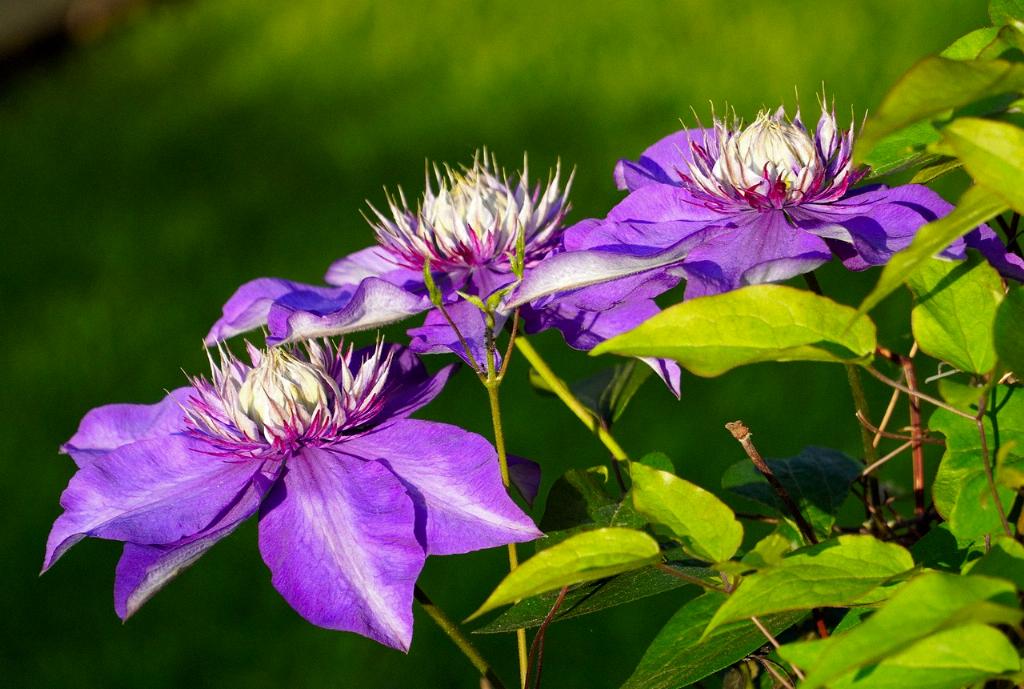Deadheading clematis, the beautiful flowering vine, is a topic that often sparks debate among gardeners. Some swear by the practice, while others see it as unnecessary. In this article, we will dive into the details to help you decide whether deadheading your clematis is the right choice for you.
The Benefits of Deadheading Clematis
Deadheading clematis can have several positive impacts on the plant. By removing spent blooms, you encourage the plant to produce more flowers, resulting in a longer blooming period. This can enhance the overall appearance of your garden and provide you with a continuous display of beautiful blossoms.
Preventing Seed Production
When clematis flowers fade and go to seed, the plant may redirect its energy towards seed production rather than new growth. Deadheading can help prevent this and encourage the clematis to focus its energy on developing stronger stems and roots, ultimately leading to a healthier plant.
Promoting Reblooming
Some clematis varieties have the potential to rebloom if deadheaded regularly. By removing old blooms, you create room for new growth, stimulating the plant to produce more flowers later in the season. This can result in a more vibrant and colorful display in your garden.
Improving Aesthetic Appeal
Aside from the practical benefits, deadheading clematis can also improve the overall appearance of the plant. Removing wilted blooms can enhance the aesthetic appeal of the vine, keeping it looking neat and tidy throughout the growing season.
Preventing Disease Spread
Deadheading clematis can help prevent the spread of diseases. Fungal diseases and pests are more likely to target plants with decaying or spent blooms. By removing these, you reduce the risk of infection and help maintain the health of your clematis.
Considerations for Deadheading Clematis
While there are many benefits to deadheading clematis, it’s essential to consider the specific needs of your plant. Some clematis varieties may not require deadheading, while others may benefit greatly from the practice. Take into account the type of clematis you have and its individual characteristics before deciding whether to deadhead.
Timing and Technique
When it comes to deadheading clematis, timing is critical. Wait until the flowers have faded and begun to wither before removing them. Use clean, sharp pruners to make clean cuts just above a set of healthy leaves to promote new growth. Be mindful of not damaging the main stems or buds in the process.
Personal Preference
Ultimately, the decision to deadhead your clematis comes down to personal preference. Some gardeners enjoy the process and find it therapeutic, while others may prefer a more hands-off approach to caring for their plants. Consider your gardening style and the time you’re willing to invest in maintenance before deciding whether to deadhead.
Conclusion
In conclusion, deadheading clematis can offer numerous benefits, from promoting reblooming to preventing disease spread. While it may not be necessary for all clematis varieties, many plants can benefit from the practice. By understanding the potential advantages and considering your plant’s specific needs, you can make an informed decision on whether deadheading is right for your clematis.

